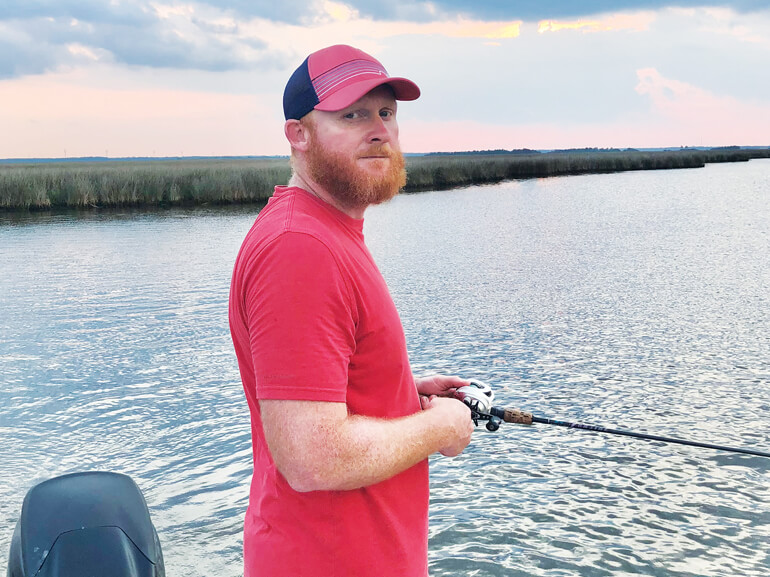Matt's Story

Matt Coleman, a devoted 38-year-old father, received a distressing diagnosis of heart failure over 10 years ago. Despite the challenges, he continued to work full time and care for his 15-year-old daughter. However, his health took a dramatic turn for the worse last year when his heart condition deteriorated, leading to fluid retention and severe shortness of breath. Though on the heart transplant list, complications with his blood pressure made his transplant team recommend an LVAD ( left ventricular assistive device) as a temporary solution. An LVAD helps pump blood to the rest of the body when the heart is not sufficiently circulating blood on its own.
Matt continued to face medical hardships after the device was implanted, including an irregular heartbeat, pneumothorax (air accumulates outside the lung, puts pressure on the lung and causes it to collapse) and respiratory failure which required the placement of a breathing tube. During his time in the hospital, he lost a total of 55 pounds, further contributing to his weakness and fatigue. Once stabilized, Matt was determined to improve his strength and abilities.
Matt choose Ochsner Rehabilitation Hospital to begin his journey towards recovery. Upon arrival at Ochsner, Matt’s strength was so diminished that he needed maximal assistance to sit up in bed and relied on the help of two people to move in and out of his wheelchair. His physician-led care team designed a customized plan that began with physical therapy, focusing on leg strength and assisted standing. With patience and persistence, Matt’s grit paid off as he slowly gained strength and received braces to support his ankles and feet and keep them in the proper position while standing.
Matt’s turning point came when, with the aid of parallel bars and body weight support, he confidently took his first steps. As his time of discharge approached, he could get in and out of a car with minimal assistance, walk 190 feet with a walker and ankle braces, and even manage a curb step with the walker on his own.
In occupational therapy, Matt and his OT developed a plan to improve his level of independence with self-care and functional mobility. Initially, he needed assistance with eating, toileting, bathing and dressing due to his weakness. With the guidance of his occupational therapist, Matt worked on strengthening his core and upper body. He learned to use adaptive equipment for dressing and bathing, improving his independence. Importantly, transfer and balance training enhanced his ability to perform functional movements safely.
Matt’s support system also played a vital role in his journey. Family members, including his mother, sister and significant other, visited him frequently and assisted in his recovery process. They also participated in family training to learn how to assist Matt safely when he returned home. After three weeks of rehabilitation, Matt was discharged home, now capable of independent eating, upper body dressing and bed mobility with supervised transfers.
Matt’s goal for his inpatient stay was to become more mobile in order to be more independent in his home environment. He was grateful his care team helped him achieve his goals, encouraging and motivating him beyond what he thought he could do.
At discharge, Matt shared that he learned to have patience and be humble during his time in the hospital. His advice to other patients is this: “Don’t give up, pray a lot, know that you can do it and that your body can withstand it."